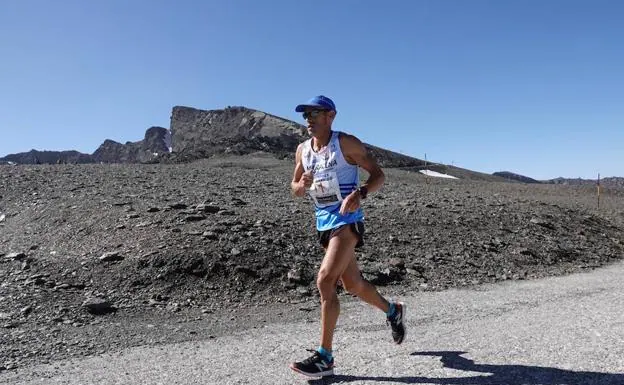The different types of running tracks
In this article we want to show you the different running tracks what's up, whether you run competitively or recreationally. The type of surface you run on can affect your speed, your technique and even your physical health. While a comfortable surface can enhance your running experience, a hard surface can wear down your body over time, particularly your joints. You can even feel it while practicing. Having said that, no two corridors are alike and each may prefer a different surface. Each has its own advantages.
Synthetic Track
A synthetic surface is durable, weather resistant and reliable. The spongy texture of synthetic athletic surfaces provides good shock absorption and a stable footprint. Because the synthetic tracks they are a system independent of their environments, will not erode over time and can be maintained with minimal effort. This results in smooth surfaces with no surprises.. Due to the material and construction, athletes can use the running track even during rainy weather without worrying about getting caught in the mud. Synthetic courts are also suitable for indoor or stadium pitches.
Grass and Lawn Track
Running through grassy fields is easy on the joints, as the grass provides a nice cushion and the soil underneath prevents the grass roots from packing it too much. You can even run barefoot if the field is well maintained. However, on rainy days, the grass can be dangerously slippery or suck your shoes into the mud. It is also difficult to find a good stretch of grass without holes, which can be dangerous since if you trip over one you could have an accident.
Whatever your project, we bring it to a successful completion, even supporting us with a powerful ERP for construction companies AddControl to manage all phases of your construction project.

Dirt tracks
Dirt tracks are a mixed bag. In ideal conditions, should provide decent shock absorption to the joints (although not as much as the grass) for easy execution. Most traditional cross country tracks are dirt and offer scenic trails. On hot days, Nevertheless, dirt track can dry out and become as hard as asphalt. A loose topsoil can also be created creating a slippery surface for runners. As with other natural surfaces, dirt tracks can be bumpy by animal activity and erosion forces. If a dirt track is not routinely maintained, you may see their return to nature in a short period of time.

Asphalt track
Asphalt is rougher on your joints than (generally) dirt tracks and grass and turf tracks because it offers a harder surface, but this property also allows you to break with faster execution times. However, another negative aspect is that on sunny or hot days, the asphalt will appear to radiate heat from the environment as you run. If you run on this surface, to which some city dwellers are limited, make sure you're hydrated and have well-cushioned, supportive running shoes.
Another example: Concrete surfaces are significantly harder than asphalt and are not suitable for intense training.
